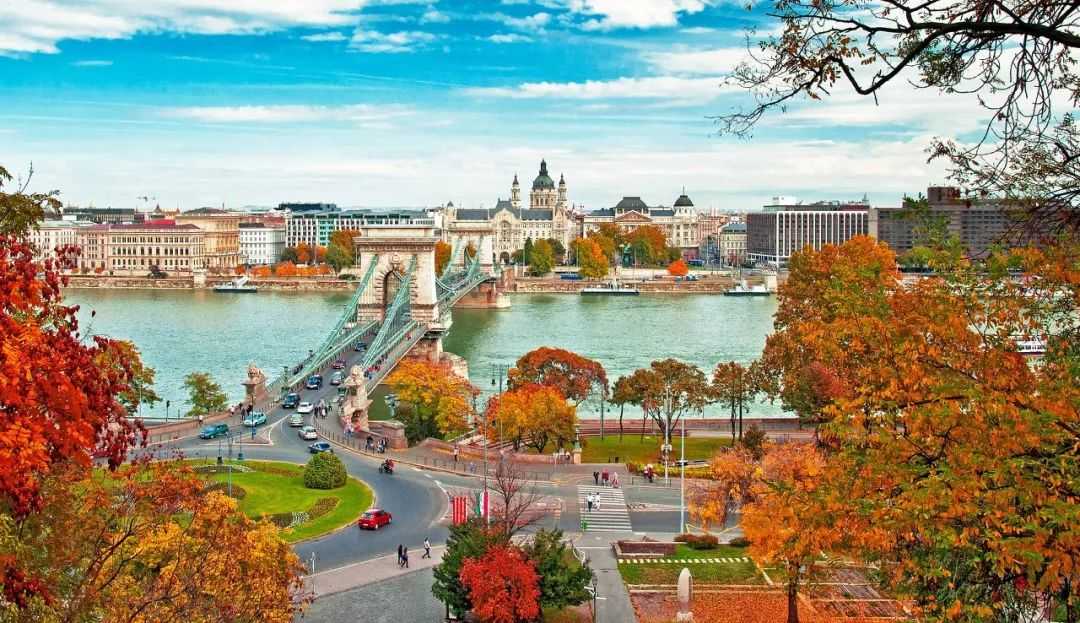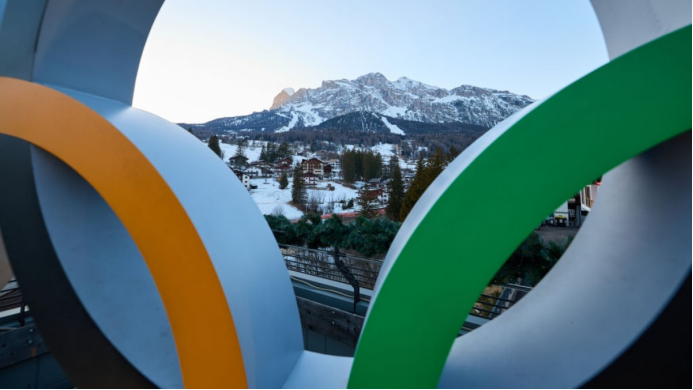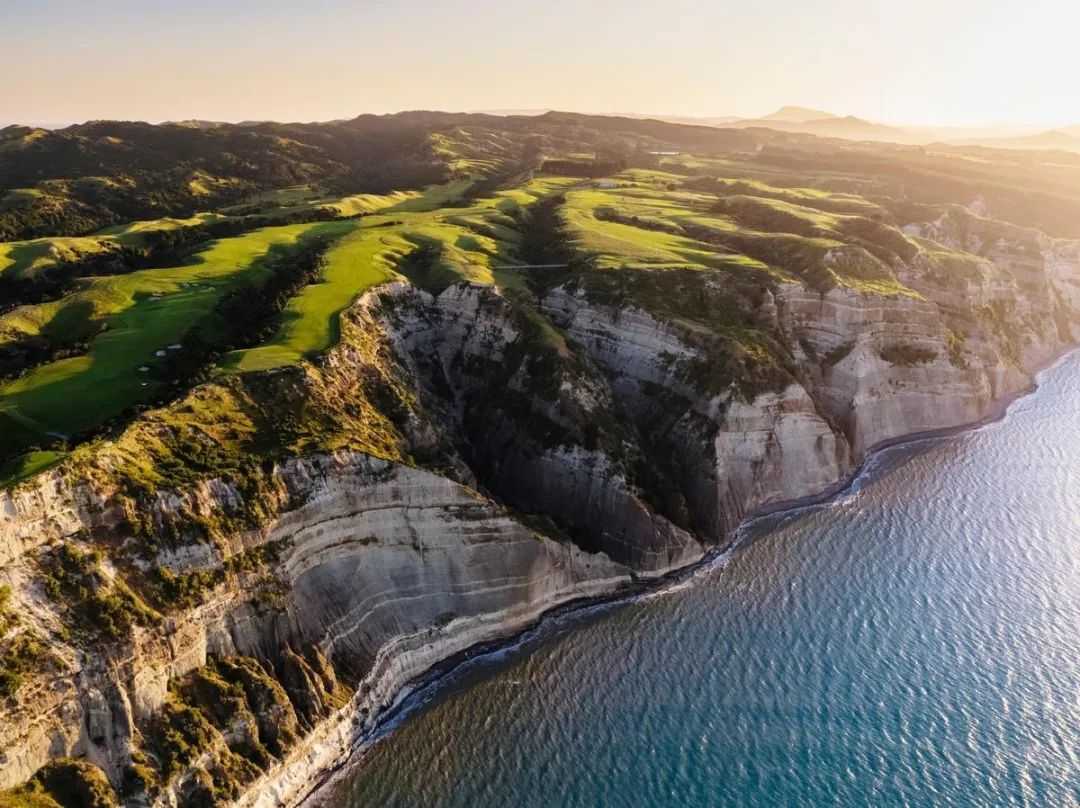
Inhabiting the windswept islands surrounding Antarctica, chinstrap penguins (Pygoscelis antarctica) are small yet striking birds perfectly adapted to life in the harsh southern polar region. Standing about 70 centimeters tall, these penguins thrive on a diet of krill and small fish, navigating icy waters and rocky shores with equal ease. Their distinctive appearance makes them one of the most recognizable species in the Antarctic ecosystem.

Source: Images from the Internet, if there is any infringement, please contact the removal of
True to their name, chinstrap penguins are distinguished by a thin, bold black stripe that wraps around their heads like a soldier’s helmet strap, contrasting sharply with their snow-white faces and chests. Their sleek, tuxedo-like plumage—black on the back and white on the front—gives them an air of formal elegance, as if they’re perpetually dressed for a grand occasion. When waddling across ice or rock, their upright posture and side-to-side sway, often with flippers tucked like arms in pockets, evoke the charming image of tiny gentlemen on a leisurely stroll.
Despite their dashing appearance, chinstrap penguins face the challenges of extreme cold, strong winds, and fierce competition for food. They nest in large colonies, using stones to build simple shelters and protect their eggs from the elements. Their loud, raucous calls and communal behaviors highlight their social nature, while their ability to dive deep into frigid waters showcases their remarkable survival skills. As climate change threatens their icy habitats, these " Antarctic gentlemen" serve as a reminder of the fragile beauty of polar ecosystems and the urgent need to protect the unique species that call them home. Whether swimming in synchronized groups or standing sentinel on snow-covered cliffs, chinstrap penguins embody the resilience and grace of life at the ends of the Earth.






